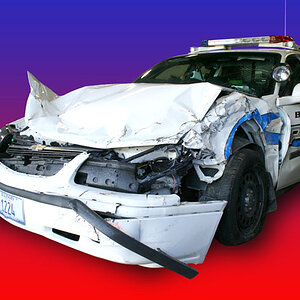poppyseeds
TPF Noob!
- Joined
- Feb 26, 2007
- Messages
- 8
- Reaction score
- 0
I read an article about the anti-shake technology here.
Is anyone familiar with the listed cameras or have any advice on taking pictures under low illumination, for example at crowded concerts... stage performances with dim lightings... etc?
Is anyone familiar with the listed cameras or have any advice on taking pictures under low illumination, for example at crowded concerts... stage performances with dim lightings... etc?







![[No title]](/data/xfmg/thumbnail/40/40284-f59f6230f0d5b9eacf977f8b0392f087.jpg?1619739407)
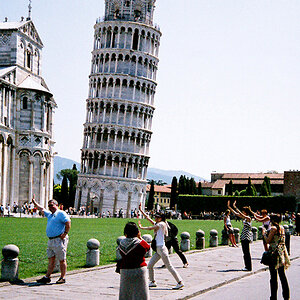
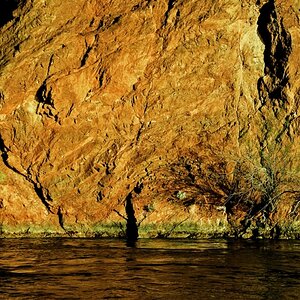

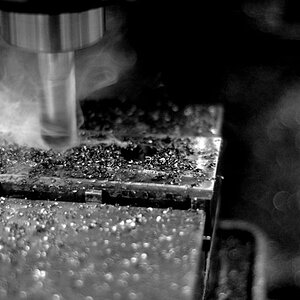


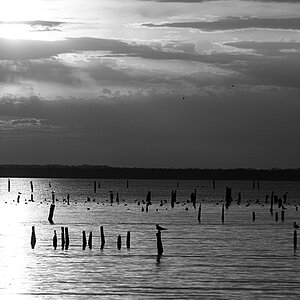
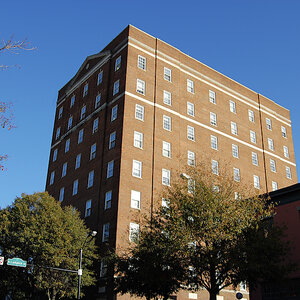

![[No title]](/data/xfmg/thumbnail/40/40285-2ce5915035c220ccb3485030863b62d0.jpg?1619739408)
